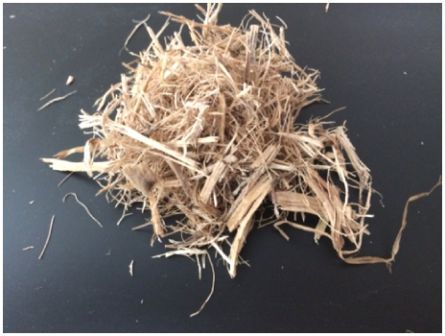To generate value added from this biowaste, on the one hand, the BagassePlast project aims to modify the bagasse and convert it into a material that can be processed thermo-plastically in an extruder and by injection molding and can then be used as a bio-based plastic. On the other hand, the bagasse, which basically consists of cellulose, hemicellulose and lignin, will be separated into its single fractions and these will be used directly as reinforcing material in bio-based plastics like bio-PE (polyethylene), PLA (polylactide) and especially in the new bagasse esters, which are developed in the project.
As well as the direct use of the bagasse fractions, these will also be transformed into nanoscale materials in a further treatment step and also used as composite material. Another research approach is to transform the single fractions via chemical modification into materials that can be processed thermo-plastically.
At the beginning of the project, studies are carried out in the laboratory or on a small scale at the Fraunhofer Institute IAP, the Brazilian partner CNPEM and TECNARO. Scaling up the processes to commercial plants will be taken into account in the project. The most promising approaches will be scaled up over the course of the project and adapted accordingly. At the end of the project, demonstrator components can be manufactured based on the new bagasse materials.
